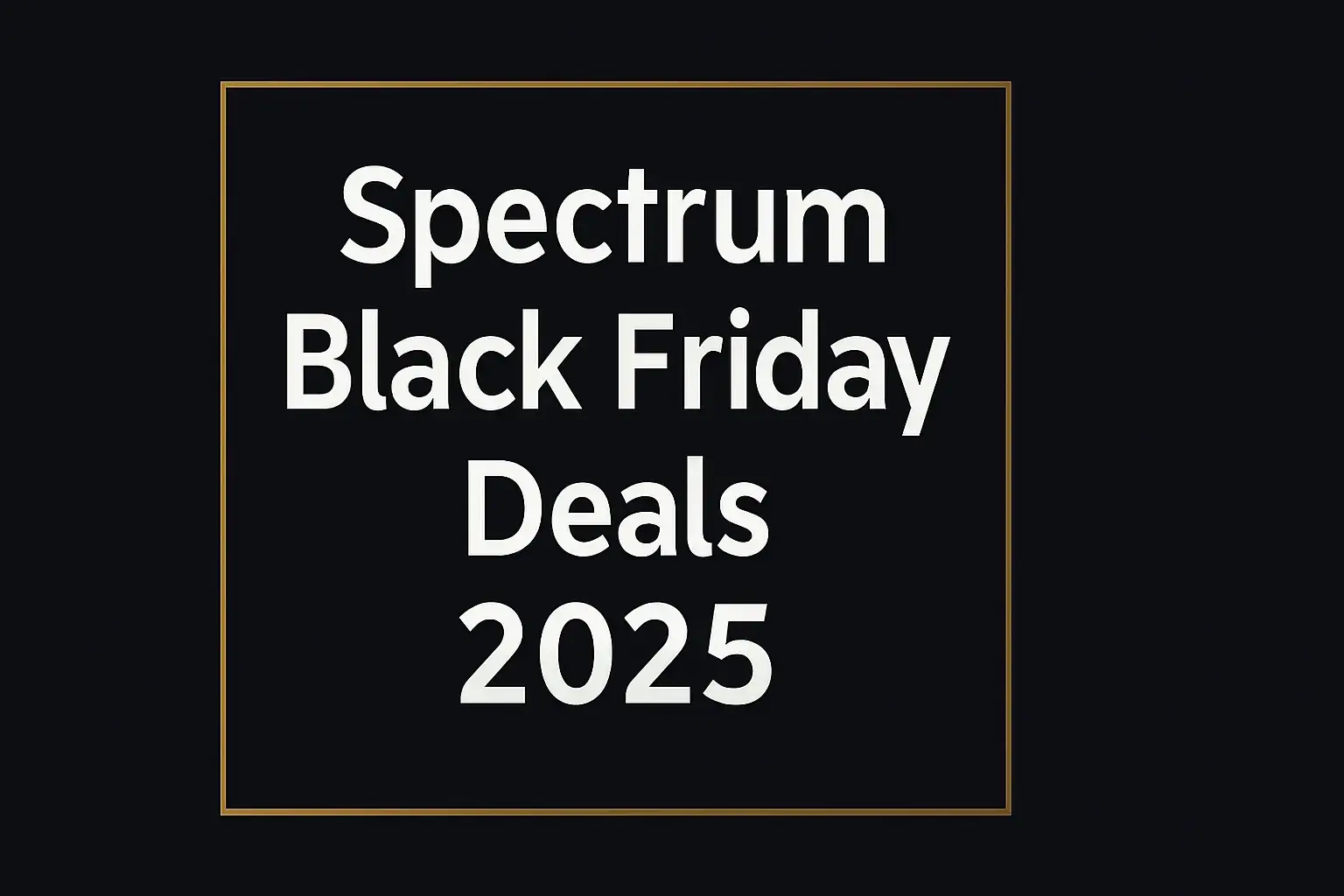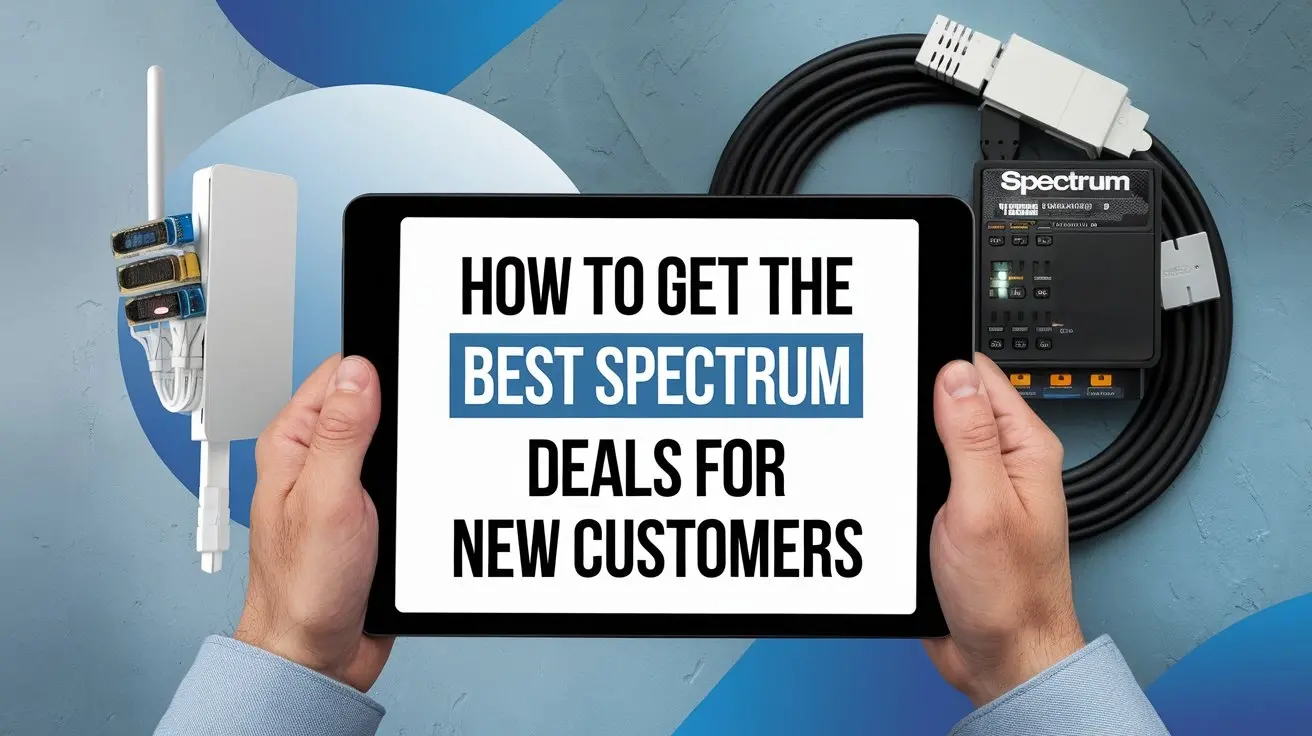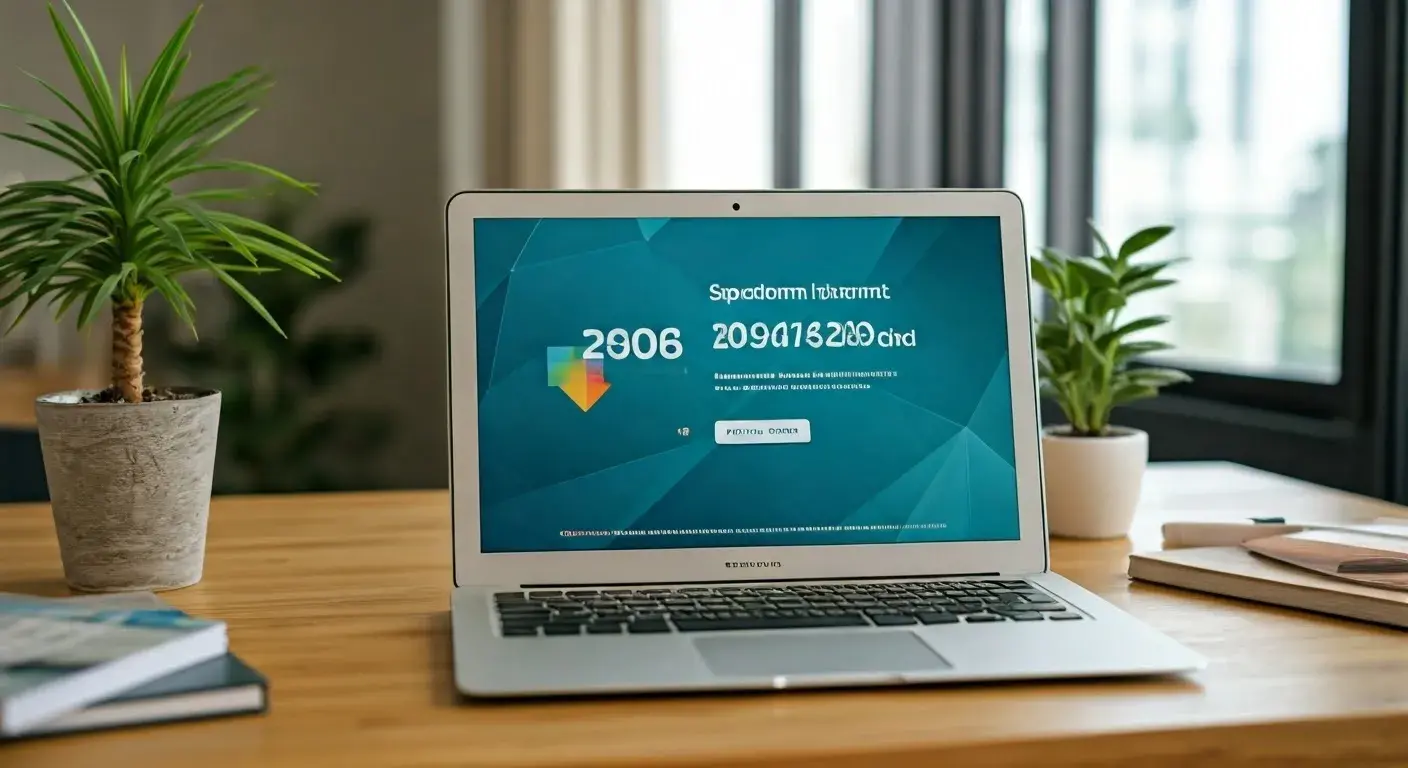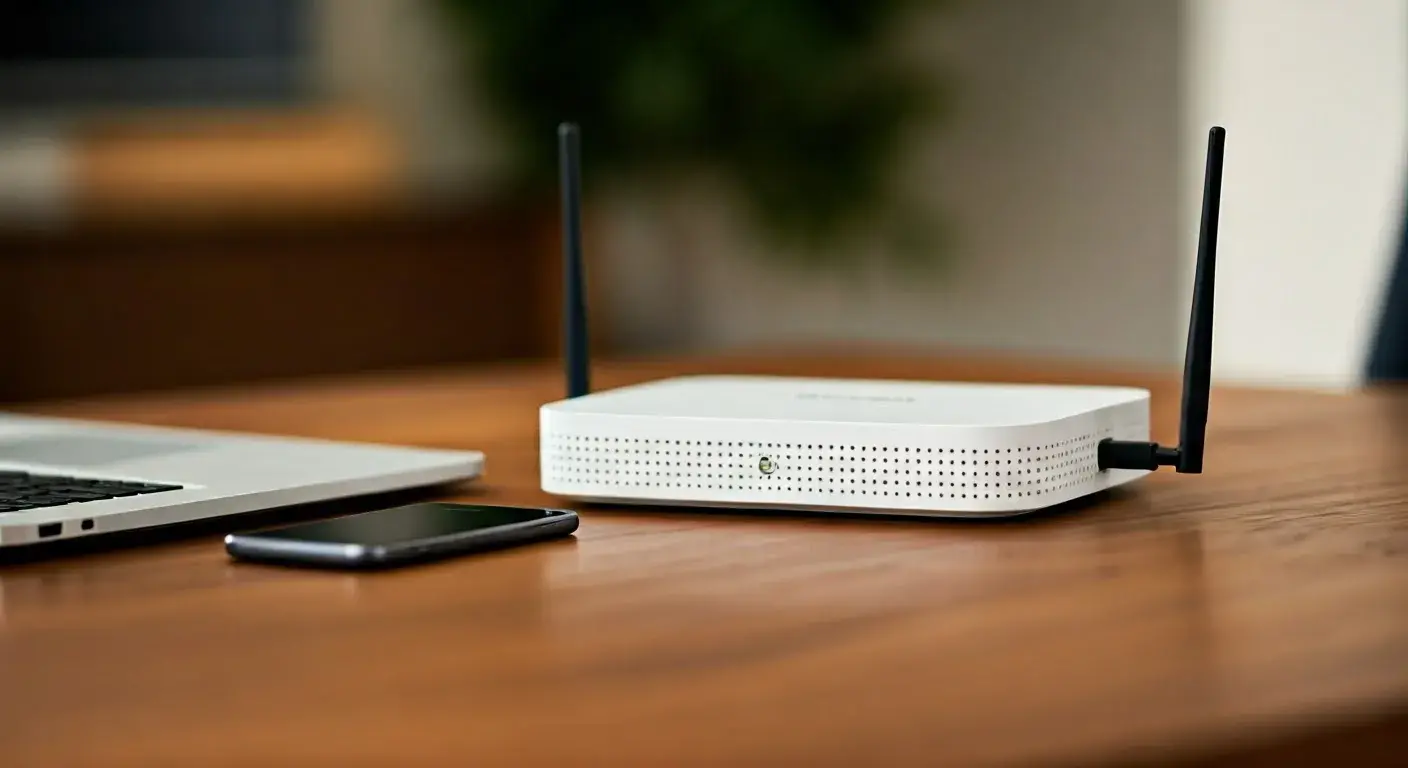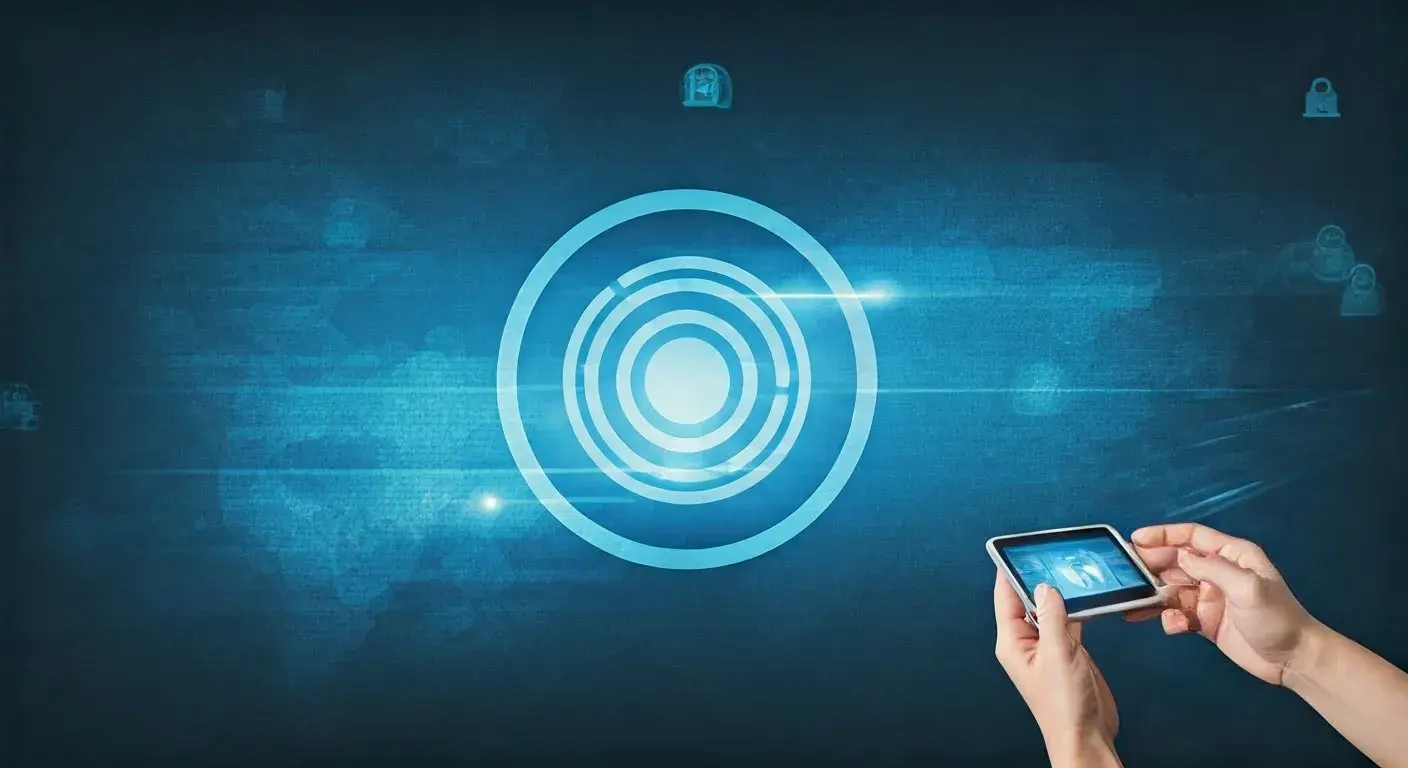Cable vs Streaming: Cut the Cord or Buy a Bundle
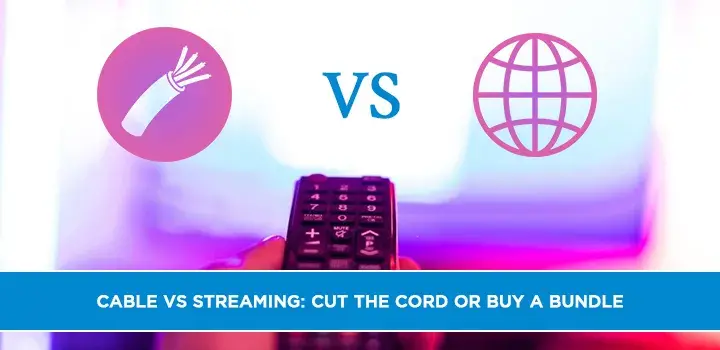
Deciding between traditional cable TV and the ever-expanding world of streaming services can feel overwhelming. This guide breaks down the "Cable vs Streaming: Cut the Cord or Buy a Bundle" dilemma, offering clear insights and actionable advice to help you find the perfect entertainment solution for your budget and viewing habits in 2025.
Introduction: The Evolving Landscape of Home Entertainment
The way we consume television and movies has undergone a seismic shift. Gone are the days when cable TV was the undisputed king of home entertainment. In 2025, the battle between traditional cable subscriptions and the burgeoning world of streaming services is more dynamic than ever. Consumers are faced with a crucial decision: should they "cut the cord" entirely and embrace a purely digital, on-demand experience, or is there still value in bundling cable with internet and phone services? This comprehensive guide will dissect the pros and cons of each, providing you with the insights needed to make an informed choice that aligns with your budget, viewing preferences, and lifestyle.
Cable TV: The Traditional Choice
For decades, cable television was the primary method for accessing a wide array of channels, news, sports, and entertainment programming. It offered a curated selection delivered directly to your television set via coaxial cable. While its dominance has waned, cable TV still holds significant appeal for many households.
Pros of Cable TV
Cable TV offers several distinct advantages that continue to draw subscribers:
- Reliability: Cable signals are generally less susceptible to weather disruptions than satellite or even some forms of internet-based streaming.
- Channel Variety: Cable packages often provide a vast number of channels, including niche networks and international programming that might be harder to find on streaming platforms.
- Bundling Discounts: Many providers offer significant discounts when bundling cable TV with high-speed internet and home phone services, potentially leading to overall cost savings.
- Ease of Use: For many, the familiar interface of a cable box and remote is intuitive and straightforward, requiring little technical expertise.
- Live Sports and Local Channels: Access to live sports broadcasts, local news, and major network affiliates is often a primary reason people stick with cable.
Cons of Cable TV
Despite its strengths, cable TV also comes with notable drawbacks:
- High Cost: Cable bills have a reputation for being expensive, with prices often increasing annually. Hidden fees, equipment rental charges, and premium channel add-ons can quickly inflate the monthly cost.
- Lack of Flexibility: Subscribers are often locked into long-term contracts and pay for channels they never watch. The "all-or-nothing" nature of many packages is a significant disadvantage.
- Limited On-Demand Content: While DVRs allow for recording, the on-demand library is typically smaller and less diverse than what streaming services offer.
- Commercials: Cable TV programming, even when recorded, is heavily reliant on advertisements, which can be intrusive.
- Installation and Equipment: Professional installation might be required, and renting set-top boxes can add to the monthly expense.
Cable TV Packages and Pricing (2025)
In 2025, cable TV providers continue to offer a tiered approach to their packages. Basic packages might start around $50-$70 per month, offering a selection of local channels and popular networks. Mid-tier packages, which include more sports, entertainment, and movie channels, can range from $80-$120 per month. Premium packages, often including all major sports networks, HBO, Showtime, and other premium channels, can easily push the monthly bill to $150-$200 or more. It's crucial to factor in potential fees for equipment rental, broadcast TV surcharges, and regional sports fees, which can add an additional $20-$40 per month. Bundling with internet and phone services is often the most cost-effective way to subscribe to cable, with bundled packages frequently offering discounts of 20-30% compared to subscribing to each service individually.
Streaming Services: The Modern Alternative
Streaming services have revolutionized how we access entertainment, offering vast libraries of movies, TV shows, and original content accessible on-demand over the internet. This shift has empowered consumers with unprecedented choice and flexibility.
Types of Streaming Services
The streaming landscape is diverse, catering to various needs:
- Subscription Video on Demand (SVOD): These are the most common, offering a vast library of content for a recurring monthly or annual fee. Examples include Netflix, Max (formerly HBO Max), Disney+, Hulu, Amazon Prime Video, and Apple TV+.
- Ad-Supported Video on Demand (AVOD): These services offer free content supported by advertisements. Examples include Tubi, Pluto TV, and Freevee (formerly IMDb TV).
- Live TV Streaming Services: These services aim to replace cable by offering live channels over the internet. Examples include YouTube TV, Hulu + Live TV, Sling TV, and FuboTV. They often include DVR functionality and a wide selection of live channels, including sports and local networks.
- Transactional Video on Demand (TVOD): These platforms allow you to rent or purchase individual movies or TV shows. Examples include Apple TV (iTunes), Google Play Movies & TV, and Amazon Video.
Pros of Streaming
The advantages of streaming are compelling:
- Cost Savings: By carefully selecting services and avoiding unused subscriptions, streaming can be significantly cheaper than cable.
- Flexibility and Control: Watch what you want, when you want, on virtually any device. No long-term contracts are typically required, allowing you to subscribe and unsubscribe as needed.
- Vast Content Libraries: Access to thousands of movies, TV shows, documentaries, and critically acclaimed original content that often isn't available on traditional cable.
- Ad-Free Options: Many SVOD services offer ad-free viewing tiers, providing an uninterrupted experience.
- Personalization: Algorithms learn your viewing habits to recommend content tailored to your preferences.
Cons of Streaming
However, streaming isn't without its challenges:
- Internet Dependence: A stable and fast internet connection is essential. Buffering, poor quality, or service interruptions can occur with unreliable internet.
- "Subscription Fatigue": The sheer number of services can lead to a high monthly cost if not managed carefully. The need to subscribe to multiple services for specific content can add up.
- Content Fragmentation: Popular shows or movies might be scattered across different platforms, requiring multiple subscriptions to watch everything you want.
- Live Sports and Local Channels: While improving, access to all live sports and specific local channels can still be a challenge with some streaming options, though Live TV streaming services are bridging this gap.
- Potential for Price Increases: Streaming services have also begun to increase their subscription prices and introduce ad-supported tiers, mirroring some of the issues with cable.
Streaming Service Costs and Bundles (2025)
In 2025, the cost of individual streaming services varies widely. Basic SVOD tiers typically range from $7 to $15 per month. Premium ad-free tiers can cost $15 to $22 per month. Live TV streaming services, which aim to replace cable, are generally the most expensive, ranging from $60 to $100 per month, often with additional fees for premium sports packages. However, the streaming world has embraced bundling. For instance, the Disney Bundle (Disney+, Hulu, ESPN+) offers a significant discount compared to subscribing individually. Amazon Prime Video is included with an Amazon Prime membership. Some providers are also offering bundles that combine multiple SVOD services or include mobile phone plans. For example, a common bundle might offer Netflix, Hulu, and Peacock for around $30-$40 per month, a considerable saving compared to individual subscriptions. The average U.S. household in 2025 is estimated to subscribe to 4-5 streaming services, with monthly spending on streaming services averaging around $65-$85, depending on the mix of SVOD and Live TV options.
Direct Comparison: Cable vs. Streaming
To make a truly informed decision, let's directly compare cable and streaming across key factors relevant to consumers in 2025.
Cost Analysis
This is often the deciding factor. Cable packages, especially those with premium channels and sports, can easily exceed $150-$200 per month, often with long-term contracts. Streaming, when curated thoughtfully, can offer a more budget-friendly experience. A typical streaming setup might involve one or two SVOD services ($15-$30/month) plus a Live TV streaming service ($70-$90/month) for a total of $85-$120 per month. However, if a household subscribes to many individual SVOD services without considering bundles, the cost can quickly rival or even surpass cable. For example, subscribing to Netflix, Max, Disney+, Hulu, Apple TV+, and Peacock individually could cost upwards of $80-$100 per month, even before considering sports or live TV needs.
| Feature | Cable TV (Typical) | Streaming (Curated) | Streaming (Many Services) |
|---|---|---|---|
| Monthly Cost (Estimate) | $100 - $200+ | $70 - $120 | $80 - $150+ |
| Contract Required | Often (1-2 years) | Rarely | Rarely |
| Flexibility | Low | High | Moderate |
| Potential for Hidden Fees | High (equipment, surcharges) | Low (primarily subscription costs) | Low (primarily subscription costs) |
Content Availability and Variety
Cable offers a broad spectrum of channels, including many niche ones, with live news and sports being a strong suit. However, its on-demand library is limited. Streaming excels in on-demand content, with vast libraries of movies, TV shows, and exclusive original series. Live TV streaming services are rapidly closing the gap for live sports and local channels, but some specialized networks might still be exclusive to cable. The fragmentation of content across streaming platforms means that accessing all desired shows might require subscribing to multiple services.
User Experience and Convenience
Cable's user interface is familiar to many, but it can feel clunky and less intuitive than modern streaming apps. Streaming offers a personalized, on-demand experience accessible across multiple devices (smart TVs, phones, tablets, gaming consoles), allowing for viewing anywhere with an internet connection. Features like personalized recommendations, watchlists, and profiles enhance convenience.
Internet Dependence
Cable TV is largely independent of your internet connection, meaning your TV viewing won't be affected by internet outages or slowdowns. Streaming, by definition, relies heavily on a stable internet connection. The quality of your streaming experience is directly tied to your internet speed and reliability. For households with slow or inconsistent internet, this is a significant drawback.
Sports and Live Events
Historically, cable has been the go-to for live sports. However, Live TV streaming services have made significant strides. Services like YouTube TV and Hulu + Live TV offer most major sports networks (ESPN, Fox Sports, regional sports networks) and local channels. Sling TV offers customizable sports packages. For dedicated sports fans, it's crucial to verify that the specific leagues and games you follow are available on your chosen streaming service or cable package. Some niche sports or specific international leagues might still be exclusive to certain cable channels or require separate sports-specific streaming subscriptions.
Cutting the Cord: A Step-by-Step Guide
Deciding to cut the cord is a significant step. Here's a structured approach to ensure a smooth transition:
Step 1: Assess Your Viewing Habits
Before you cancel cable, take stock of what you actually watch. For a month, track which channels, shows, and types of content you consume most frequently. Note down your must-have channels (e.g., local news, specific sports networks, premium movie channels) and your favorite on-demand genres.
Step 2: Research Streaming Options
Based on your viewing habits, identify the streaming services that best meet your needs.
- For live TV and local channels: Consider YouTube TV, Hulu + Live TV, Sling TV, or FuboTV.
- For movies and TV shows: Netflix, Max, Amazon Prime Video, Hulu (on-demand), Apple TV+.
- For specific content: Do you need Disney+ for family content, or Peacock for NBCUniversal shows?
- For sports: Check if your desired leagues and games are covered by Live TV streaming services or dedicated sports apps like ESPN+.
Step 3: Consider Internet Needs
Streaming requires sufficient internet bandwidth. For HD streaming, a minimum of 5-10 Mbps is recommended per stream. For 4K streaming, aim for 25 Mbps or higher. Check your current internet plan and consider upgrading if necessary. If your current internet provider is the same one you have cable TV with, explore standalone internet plans, which might be cheaper without the TV bundle.
Step 4: Evaluate Hardware
Most modern smart TVs have built-in streaming apps. If yours doesn't, you'll need a streaming device. Popular options include:
- Roku devices: User-friendly and affordable.
- Amazon Fire TV Stick: Integrates well with Amazon ecosystem.
- Apple TV: Premium option with excellent performance.
- Google Chromecast: Casts content from your phone or computer.
- Gaming Consoles: PlayStation and Xbox also support many streaming apps.
Step 5: Make the Switch
Once you've chosen your streaming services and ensured your internet is adequate, it's time to cancel your cable subscription. Contact your provider to terminate service. Be aware of any early termination fees if you are still under contract.
Step 6: Optimize Your Streaming Setup
Organize your streaming apps on your devices for easy access. Consider using a universal remote app or a streaming device that consolidates multiple services. Regularly review your subscriptions to ensure you're not paying for services you no longer use. Many services offer billing reminders or subscription management tools.
Buying a Bundle: The Hybrid Approach
For many, a complete cut of the cord isn't ideal. Bundling services can offer a balanced approach, combining the convenience of high-speed internet with the content options of cable or streaming.
Benefits of Bundling
- Cost Savings: As mentioned, bundling internet, TV, and sometimes phone can lead to significant monthly discounts compared to subscribing to each service separately.
- Simplified Billing: One bill for multiple services makes managing household expenses easier.
- Convenience: Often, the same provider handles installation and support for all bundled services.
- Access to Live TV: Bundled cable packages ensure access to live local channels and major networks, which is crucial for many viewers.
Potential Drawbacks of Bundling
- Less Flexibility: You're often tied to a provider for all services, making it harder to switch to a different internet provider if you're unhappy with the TV portion, or vice versa.
- Paying for Unused Services: Even with a bundle, you might be paying for cable channels you never watch to get the internet speed you need.
- Price Increases: Promotional bundle prices often expire after a year or two, leading to a significant jump in monthly costs.
What to Look For in a Bundle
When considering a bundle in 2025:
- Internet Speed: Ensure the internet speed included meets your household's needs for streaming, gaming, and remote work.
- Channel Lineup: Verify that the cable TV portion includes your must-have channels.
- Contract Terms: Understand the length of the contract, any early termination fees, and what the price will be after promotional periods.
- Equipment Costs: Clarify fees for set-top boxes and modems/routers.
- Bundles with Streaming Apps: Some providers are starting to offer bundles that include a basic cable package alongside subscriptions to popular streaming services, offering a hybrid solution.
Future Trends in Home Entertainment
The landscape of home entertainment is continually evolving. We can expect to see several key trends in the coming years:
- Further Consolidation of Streaming Services: As the market matures, expect more mergers and acquisitions, potentially leading to fewer, larger streaming platforms offering more diverse content.
- Rise of FAST Channels (Free Ad-Supported Streaming TV): These channels are gaining popularity, offering a lean-back, linear viewing experience similar to traditional TV but with the convenience of streaming and at no cost.
- Increased Bundling of Streaming Services: More creative bundles will emerge, combining SVOD, AVOD, and even Live TV streaming services to offer greater value and simplify the consumer experience.
- AI-Powered Personalization: Artificial intelligence will play an even larger role in recommending content and personalizing user interfaces.
- Interactive and Immersive Content: Expect more experimentation with interactive storytelling and immersive viewing experiences, potentially leveraging augmented and virtual reality.
- Continued Pressure on Cable: Cable providers will likely continue to adapt by offering more flexible packages, integrating streaming apps into their platforms, and focusing on their internet services.
Conclusion: Making the Right Choice for You
The decision between "Cable vs Streaming: Cut the Cord or Buy a Bundle" in 2025 hinges on a personalized assessment of your viewing habits, budget, and internet reliability. If you value extensive live sports, local channels, and a simple, familiar interface, and are willing to pay a premium, cable might still be your best bet, especially when bundled. However, for those seeking flexibility, on-demand content, and potential cost savings, a curated selection of streaming services, potentially combined with a Live TV streaming option, offers a compelling alternative. For many, a hybrid approach – bundling internet with a carefully chosen streaming strategy – provides the optimal balance. Carefully analyze your needs, research your options thoroughly, and don't be afraid to experiment with free trials. The future of entertainment is flexible, and finding the right fit for your household is more achievable than ever.
